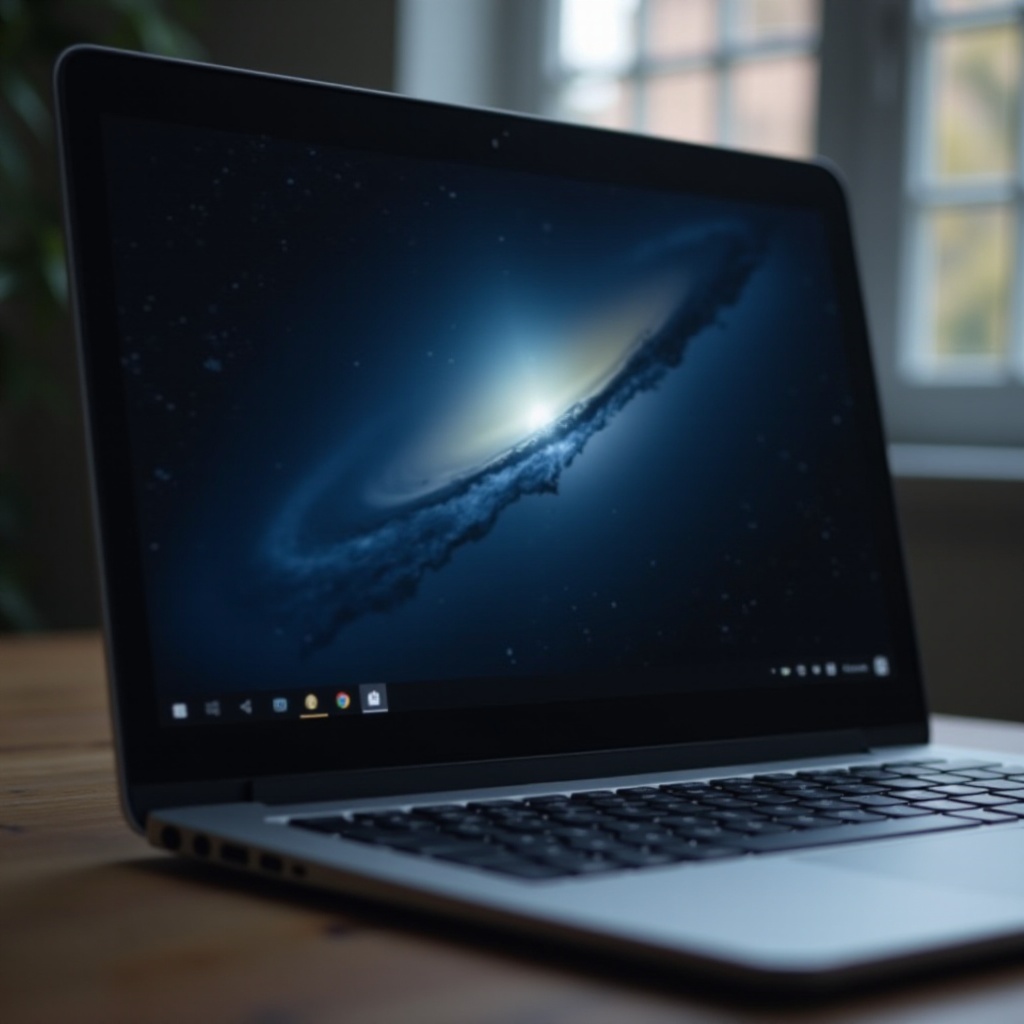Introduction
Have you ever been interrupted by your Chromebook screen flashing at the wrong time? A flashing Chromebook can be both frustrating and distracting. Whether you’re in a meeting, attending a class, or relaxing with your favorite show, this problem can disrupt your experience. Thankfully, there are solutions that can help you resolve this issue and get back to a seamless digital experience. This guide will walk you through the steps to diagnose and fix a flashing Chromebook screen.

Understanding the Flashing Screen Problem
Before diving into fixes, it’s essential to understand the issue you’re dealing with. A flashing screen can manifest in various ways:
Symptoms of a Flashing Chromebook Screen
- Intermittent flickering or dimming of the screen.
- The screen turning on and off rapidly.
- Unexplained brightness changes.
Identifying these symptoms helps in determining the right course of action.
Possible Causes of the Issue
Several factors can cause your Chromebook screen to flash:
- Hardware Malfunctions: Physical damage or loose connections can cause screen flickers.
- Software Errors: Glitches or bugs within Chrome OS or other installed applications.
- Power Supply Issues: Problems with the charger or battery.
- Faulty Updates or Corrupted Files: System files may need repair or updates.
Understanding these potential causes provides a starting point for troubleshooting.
Preliminary Checks and Simple Fixes
Once you recognize the symptoms and have an idea of potential causes, you can start with some initial checks and straightforward fixes to address the problem.
Checking for Hardware Issues
Begin with these steps to ensure that the issue is not with the hardware:
- Inspect the screen for physical damage such as cracks or dents.
- Check the connections. Ensure that lids and ports are secure with no visible issues.
- Use the device in different settings to determine if environmental factors (like lighting or magnetic interference) are causing the problem.
Restarting Your Chromebook
A simple restart can solve many minor glitches:
- Click on the time at the bottom right of your screen.
- Select the power icon and then click ‘Shut down.
- Wait a few seconds and then press the power button again to restart.
A restart refreshes the system and oftentimes resolves minor issues.
Conducting a Hard Reset
If a simple restart doesn’t work, a hard reset might help:
- Turn off your Chromebook.
- Press and hold the ‘Refresh’ key and tap the power button.
- Release the power button after the Chromebook starts, but keep holding the ‘Refresh’ key.
A hard reset can fix deeper glitches and software problems.
Software Troubleshooting
If the simple fixes haven’t resolved the issue, it’s time to look into software-related solutions.
Updating Chrome OS
Keeping your Chromebook updated is crucial for smooth operation:
- Click on the time at the bottom right and select ‘Settings.
- Choose ‘About Chrome OS’ and then ‘Check for updates.
- If an update is available, it will begin downloading automatically.
Ensuring your system is up-to-date can prevent many glitches and help troubleshoot existing ones.
Powerwashing Your Chromebook (Factory Reset)
If updates don’t resolve the issue, consider performing a factory reset:
- Back up your data, as this process will erase all local information.
- Go to Settings > Advanced > Reset settings.
- Click ‘Powerwash,’ then follow the on-screen instructions.
A factory reset reverts your Chromebook to its original state, clearing any software issues but also erasing personal data.
Checking for Malware or Corrupted Files
Although less common on Chromebooks, malware can still cause problems:
- Use the Chromebook’s built-in security features to scan for threats.
- If you suspect a specific file is corrupted, try removing it and see if the problem persists.
Addressing these issues can ensure that your system runs smoothly.

Advanced Troubleshooting Techniques
If preliminary and software troubleshooting hasn’t solved your problem, there are advanced methods to consider.
Entering Recovery Mode
Recovery mode can help if your operating system is significantly corrupted:
- Turn off your Chromebook.
- Press and hold ‘Esc + Refresh’ keys, then press the power button.
- When a warning screen appears, follow the instructions to begin recovery mode.
Recovery mode helps restore your Chromebook to a functional state by replacing the OS.
Reinstalling Chrome OS from USB Drive
If recovery mode fails, reinstalling the OS might be the answer:
- Create a recovery drive on another computer using the Chromebook Recovery Utility.
- Insert the USB drive into your Chromebook.
- Follow the on-screen instructions to reinstall the OS.
Reinstalling the OS provides a fresh start, resolving most software-related issues.

Conclusion
Dealing with a flashing Chromebook can be a hassle, but it’s a solvable problem with the right steps. Starting from preliminary checks and simple fixes to advanced troubleshooting techniques, this comprehensive guide provides the needed solutions to resolve the issue. Always remember to backup your data before performing major resets or OS reinstalls to avoid data loss. By following this guide, you can ensure your Chromebook operates smoothly, providing a seamless digital experience.
Frequently Asked Questions
What should I do if my Chromebook keeps flashing after a restart?
If your Chromebook continues to flash after a restart, try a hard reset, update the Chrome OS, or perform a factory reset to resolve deeper software issues.
How often should I update my Chromebook to avoid issues?
To avoid potential problems, you should regularly update your Chromebook. Checking for updates at least once a month ensures you have the latest security patches and system improvements.
Can a flashing screen indicate a hardware failure?
Yes, a flashing screen can indicate a hardware failure such as a loose connection, a damaged screen, or issues with the power supply. If software troubleshooting doesn’t work, consult a professional for potential hardware repairs.